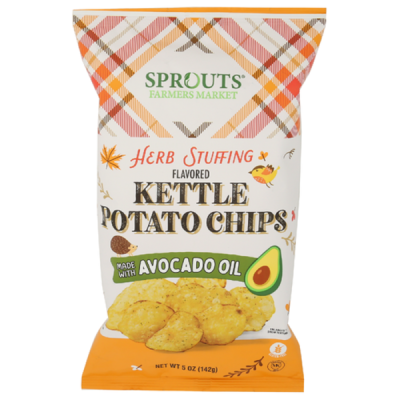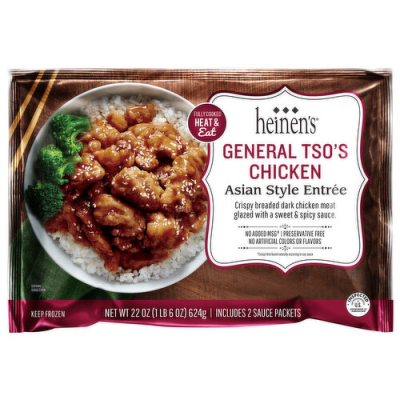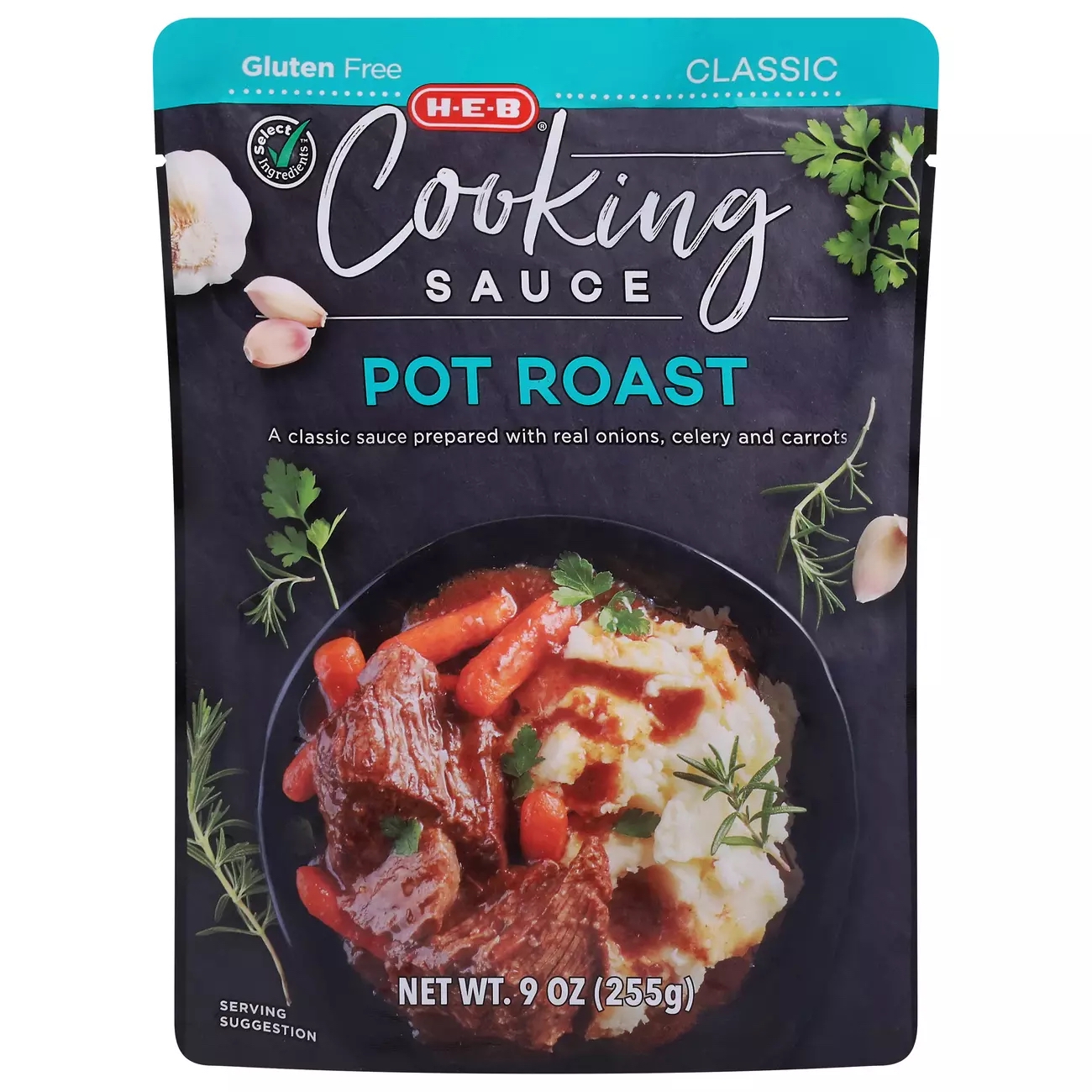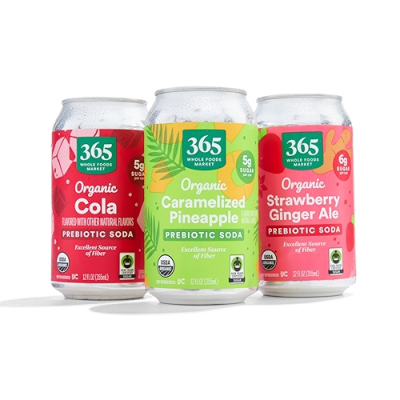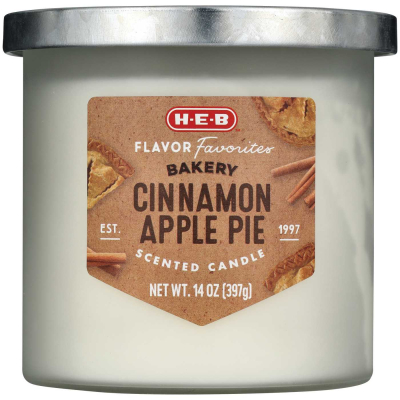Over ten months of 2025, store brands outpaced national brands in both YTD dollar sales and unit sales, according to YTD data from Circana ending October 13. Circana provided the data exclusively to PLMA.
In dollar sales, store brands increased nearly four times the rate of national brands, moving up 3.7% vs a gain of 1.1% for the brands. In unit sales, store brands also outdistanced national brands, rising 0.3% compared to a decline of 0.7% for the brands.
Looking at market shares, store brands came in at 21% in dollar sales and 23.1% in unit sales. PLMA now projects that total store brand revenue in all U.S. retail outlets for FY 2025 will approach $280 billion, which would set a new record.
In results among the ten product departments that Circana tracks for PLMA, for the trailing 52 weeks ending October 5, the Refrigerated section increased the most in store brand dollar sales, up 9.9%; followed by Beverages, plus 4.1%, Pet Care, ahead 3.1%, and Frozen, ahead 2.4%. In store brand unit sales, Pet Care was the top performer at plus 4.5%, followed by Beverages, up 2.7%, Home Care, ahead 1.5%, and Frozen, up 1.1%.

